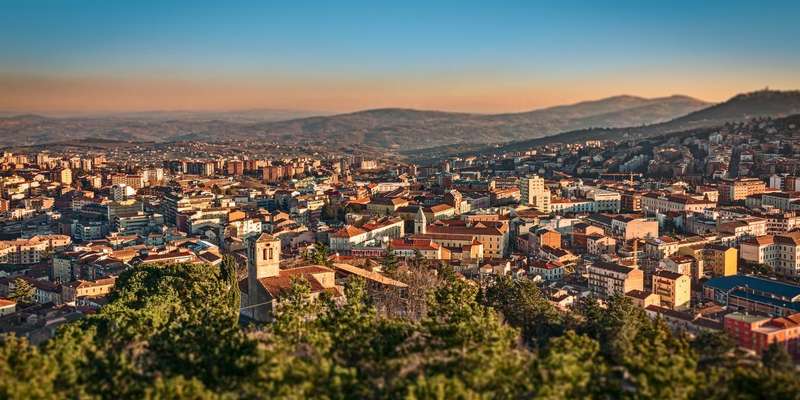- Home
- Useful Tips
- Exploring Campobasso's...
Beneath Campobasso's charming streets lies a labyrinth of forgotten history most visitors never see. Over 80% of travelers focus solely on surface-level attractions, missing extraordinary underground sites that reveal the region's true cultural DNA. The challenge? These hidden gems lack clear signage, operate on irregular schedules, and require local knowledge to access safely. Frustration builds when you waste precious vacation hours circling backstreets or arriving at locked gates. Worse still, some attempt independent exploration of unstable tunnels, risking both safety and preservation of delicate archaeological sites. These aren't just missed photo ops – they're lost opportunities to connect with Campobasso's Etruscan roots, medieval escape routes, and WWII shelters that shaped the city's identity.


Decoding Campobasso's underground access challenges
Navigating Campobasso's subterranean sites presents unique hurdles even seasoned travelers underestimate. Unlike major Italian cities with standardized ticketing, many underground attractions here operate through small cultural associations or private owners. The Santa Maria delle Grazie hypogeum, for instance, opens only when volunteer staff are available – typically weekend mornings. Local regulations also limit daily visitor numbers to protect delicate frescoes in the Samnite tunnels. What appears as an abandoned entrance might actually be a carefully monitored archaeological site. During summer months, last-minute closures occur when humidity levels threaten ancient artifacts. These aren't arbitrary obstacles but necessary protections for irreplaceable history. The key lies in understanding these rhythms rather than fighting them.
Timing your visit for maximum underground access
Strategic scheduling transforms your chances of experiencing Campobasso's underground wonders. April through June offers the sweet spot – pleasant temperatures above ground coincide with pre-summer conservation schedules. Tuesdays and Thursdays often see better staffing at municipal sites as local university archaeology students supplement visitor services. Arrive before 10:30 AM to catch caretakers at smaller locations like the Via Sant'Antonio cellars, where morning light perfectly illuminates 12th-century stone carvings. Rainy days unexpectedly work in your favor, as site managers frequently open underground spaces when outdoor alternatives become impractical. For those determined to see specific locations, the tourist office's weekly handwritten availability sheet (posted discreetly near the coffee machine) reveals unadvertised openings. This organic approach rewards flexible travelers willing to adapt their itineraries.
Essential preparations for underground exploration
Proper gear and knowledge ensure your underground adventure remains safe and respectful. The temperature in Campobasso's tunnels remains a constant 14°C (57°F) year-round – that light jacket perfect for autumn evenings above ground won't suffice below. Sturdy shoes with grip prove essential on worn stone steps made slippery by centuries of use. Photographers should bring compact tripods; sprawling equipment often gets denied entry in tighter spaces. Most critically, download offline maps showing surface-level entrance markers – GPS fails when you need to locate that unassuming metal grate in Piazza Pepe. These practical considerations matter doubly when visiting restoration sites like the Ipogeo di San Giorgio, where even camera flashes require special permits. Coming prepared demonstrates respect for both the sites and those working to preserve them.
Connecting with local underground experts
Campobasso's true underground magic reveals itself through those who know it intimately. The city's retired stonemasons often gather at Caffè Mazzini at dusk, sharing stories about secret passages discovered during postwar reconstruction. Specialized guides like the 'Amici delle Grotte' association offer perspectives no brochure can capture – like how to spot Etruscan quarry marks in the Roman-era tunnels. For deeper immersion, small-group workshops teach visitors to decipher medieval mason symbols still visible in underground chapels. These experiences don't just provide access; they create meaningful connections with living history. When approaching locals for insights, remember that a sincere interest in preservation opens doors more effectively than any tip. Many custodians appreciate visitors who ask 'How can we help protect this?' before requesting special favors.
